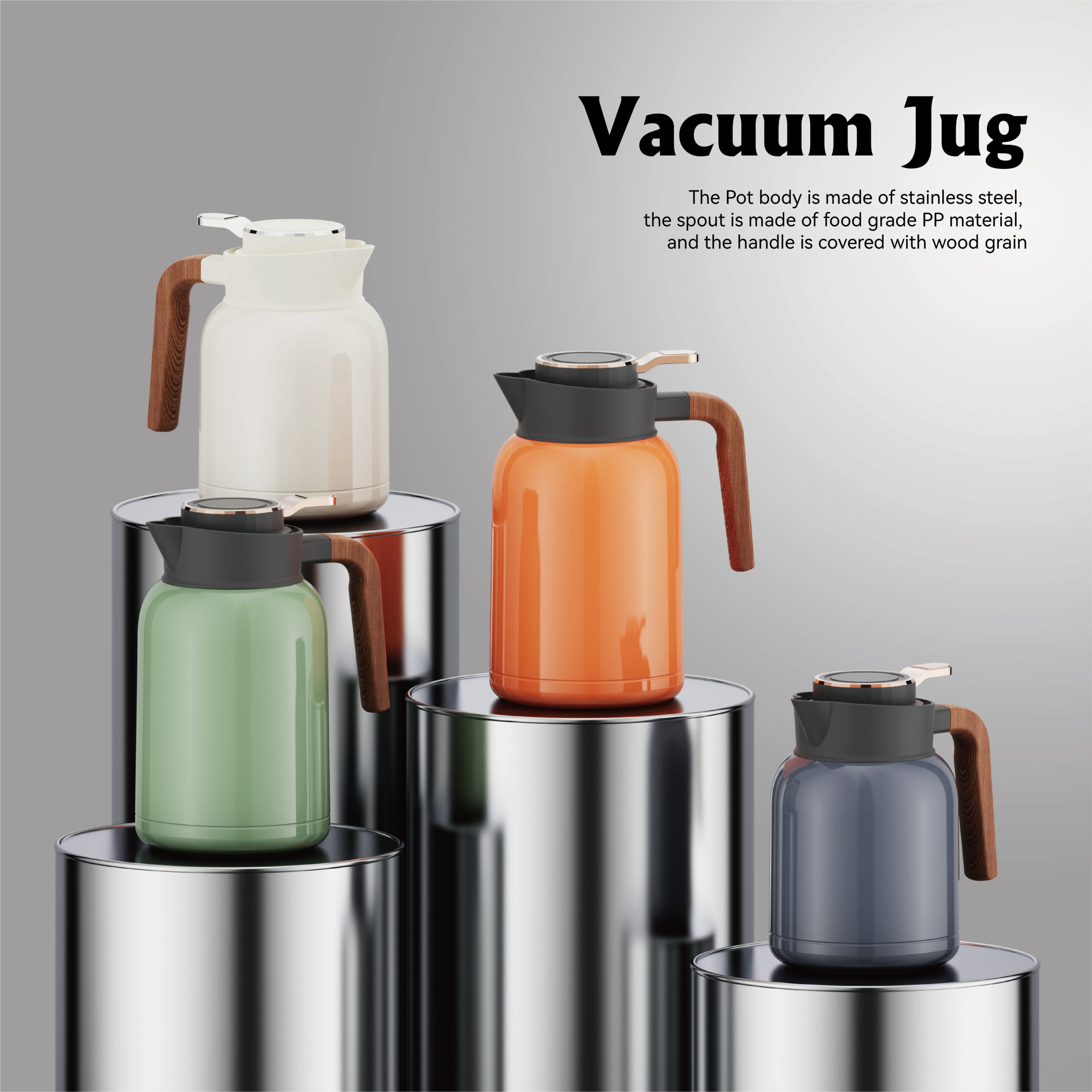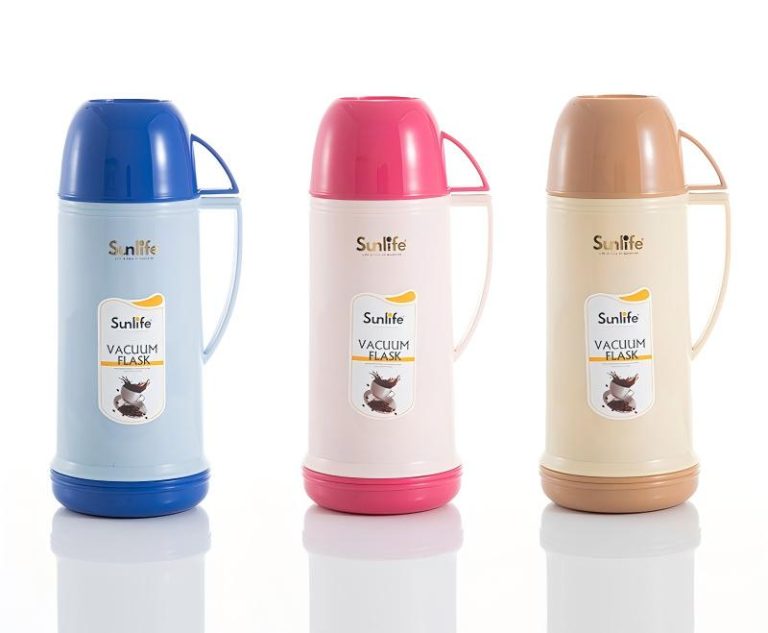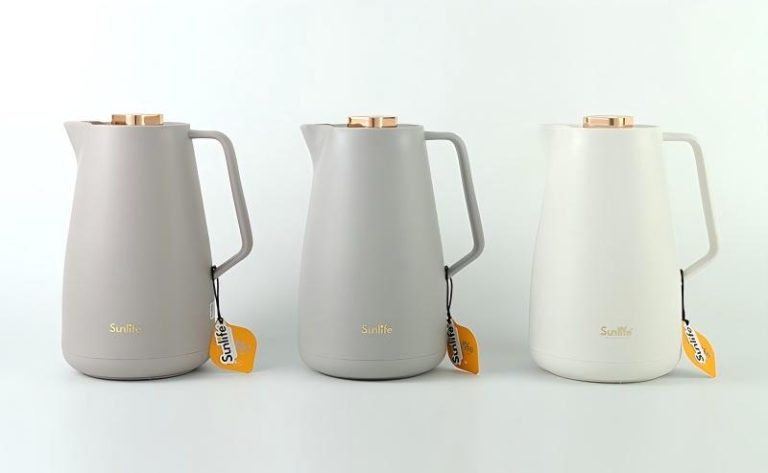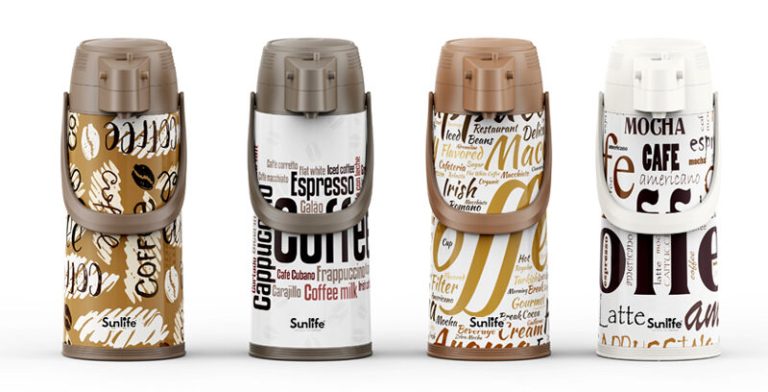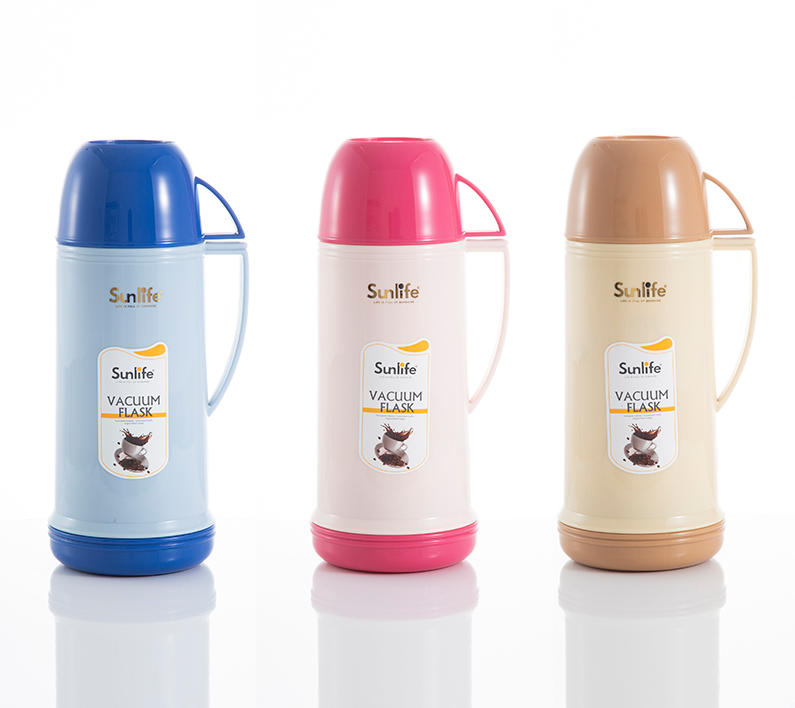
Hey there. If you’re anything like me, snagging a steaming cup of coffee on a frosty morning or keeping your iced tea refreshing during a long trek is one of life’s simple pleasures. But choosing the right insulated bottle can totally make or break that experience. Today, we’re tackling the big question: plastic or stainless steel vacuum flasks? Which one truly suits you best? It isn’t just about appearance or cost—it’s about how they fit smoothly into your everyday life. We’ll walk through it step by step, using real-life situations and insights gathered over years in the business. By the finish, you’ll have a much sharper picture. Let’s jump right in.
What Are Vacuum Flasks and How Do They Work?
Vacuum flasks, sometimes called thermoses, aren’t exactly new. They’ve existed since the late 1800s. They keep beverages piping hot or wonderfully cold by creating an empty space between two walls. That vacuum acts like a powerful barrier, really slowing down how heat moves. Simple, right?
Inside, there’s typically an inner layer. This could be glass, plastic, or metal. Then there’s an outer shell. The real magic happens in that empty gap between them. No air inside means no heat conduction or convection. So your soup stays warm for ages. I’ve seen containers hold heat for 24 to 36 hours. This depends on how well they’re built. But the stuff they’re made from matters hugely here. Plastic versions might use a glass inner piece for better heat trapping. Meanwhile, stainless steel often has double walls for extra ruggedness.
Think about this: You’re enjoying a picnic. Your bottle tips over. Does it break into pieces? Or does it bounce back? That’s where picking the material becomes super important. We’ll look at that closely next.
The Pros and Cons of Plastic Vacuum Flasks
Plastic insulated bottles are super common. You see them all over homes and offices where people prefer not to lug around something heavy. They don’t weigh much. This is a major advantage if you’re carrying one in your backpack. Take those bright ones you spot at markets—easy to hold, and they come in playful styles kids adore.
One big plus is price. You can often grab a decent plastic container for less than ten bucks. This makes them perfect for buying several or just casual use. They’re also less likely to get dents if dropped. Though they might pick up scratches. For keeping things hot or cold, many use a glass inner liner. Like the white glass inserts in some models. These can keep drinks warm for a full day or longer. I recall using one during a family car trip. It kept our tea hot the entire journey without making the vehicle feel overloaded.
But they aren’t flawless. Plastic can hold onto smells after a while. Ever noticed that stubborn coffee scent? And if the outer body cracks, it’s finished. Plus, they aren’t as hardy in really tough situations. Say you’re camping on rough ground. A plastic bottle might not survive a serious knock. Keeping heat in can vary too. Especially if the vacuum seal isn’t top quality. From what I’ve observed during factory visits, cheaper plastics sometimes bend out of shape under high heat.
Pros:
- Light and easy to carry around.
- Wallet-friendly, often starting at very low prices.
- Lots of shades and designs—great for branding.
- Ideal for regular activities like picnics or school meals.
Cons:
- Scratches or cracks more easily than metal.
- Might keep odors if not cleaned properly.
- Less environmentally sound if recycling isn’t done right.
Oh, and a quick personal note: I once bought a plastic container for my desk, thinking it would be fine. But after a couple of months, the top began leaking a little. Lesson learned—always inspect that seal!
The Strengths and Weaknesses of Stainless Steel Vacuum Flasks
Stainless steel insulated bottles shout toughness. They’re the top pick for explorers or anyone needing something incredibly resilient. Double-walled metal locks in heat amazingly well. Often beating plastic for long-lasting insulation. Versions with steel bodies and glass inserts? They can manage 36 hours of heat retention, easily.
Weight is a consideration—they’re heavier. But that solid feel is reassuring. Drop one on pavement. It might get a dent, but it won’t shatter. For health, food-grade stainless steel is clean and doesn’t leak chemicals. I’ve used them hiking. They handle jolts and keep my water icy even under the hot sun.
Cost is higher, though. A good one might cost $20 to $50. But it lasts for years. They look sleek too—think modern office style or a gift for a coffee lover. But they can get warm on the outside if filled with boiling liquid. And dents can’t be fixed like scratches on plastic.
From industry talks, stainless steel excels in places like cafes using them for large amounts of coffee. But for home? It depends entirely on how you live.
Pros:
- Incredibly tough against bumps and drops.
- Outstanding heat and cold retention, up to 36 hours.
- Clean and simple to wash—no smells stick.
- Looks classy, with choices for adding logos.
Cons:
- Heavier, not great for long journeys carrying it.
- Pricier at the start.
- Can dent and show wear over time.
Honestly, my steel container has survived two house moves and a clumsy child. Worth every cent. But yeah, it’s definitely not the lightest thing in my bag.
Head-to-Head Comparison: Plastic vs Stainless Steel
To make this super clear, let’s compare them directly. I’ve used real product details, like those 3.0L air pump pots with glass inserts.
| Factor | Plastic Vacuum Flasks | Stainless Steel Vacuum Flasks |
| Durability | Okay for gentle use; tends to scratch or crack. | Superb; hard to break, but can dent. |
| Insulation | Usually 24-30 hours; glass liners assist. | 24-36 hours; double walls work best. |
| Weight | Light (e.g., 1-2 lbs for 3L) | Heavier (e.g., 2-3 lbs for similar size) |
| Cost | Easy on the budget ($5-15) | Higher end ($15-40) |
| Safety | Food-safe plastic okay, but watch for BPA. | Clean steel; nothing leaks into drinks. |
| Customization | Simple colors/patterns; MOQ around 3600 units. | Logos doable, but material restricts designs. |
| Best For | Home, children, relaxed outings. | Trips, outdoors, demanding needs. |
See? There’s no single best choice—it comes down to your situation. If you care about the planet, stainless might win because it lasts ages, meaning less junk. But plastic’s lighter weight is appealing for quick excursions.
Choosing the Right One for Your Lifestyle
So, which is better for you? Ask yourself: How will I mainly use it? For daily travel to work or school, plastic’s light nature wins. Picture rushing out the door—do you want a heavy steel bottle pulling you down? Nope.
For outside activities, like camping, stainless steel’s resilience is crucial. It copes with rough treatment much better. Families might prefer plastic for different sizes (like 2.5L to 5.0L options) and funky colors. Money tight? Begin with plastic.
Think about size too. A 3.0L plastic pot with a pump top is awesome for gatherings. It keeps drinks hot without needing constant top-ups. Stainless suits solo adventurers better.
And hey, if you like personalizing, both work. But plastic offers more design flexibility. I’ve helped pals choose based on this—one picked steel for the gym, another plastic for picnics. It makes sense when you match it to your life.
Meet Zhejiang WeiLai: Your Go-To Plastic Body Vacuum Flask Supplier
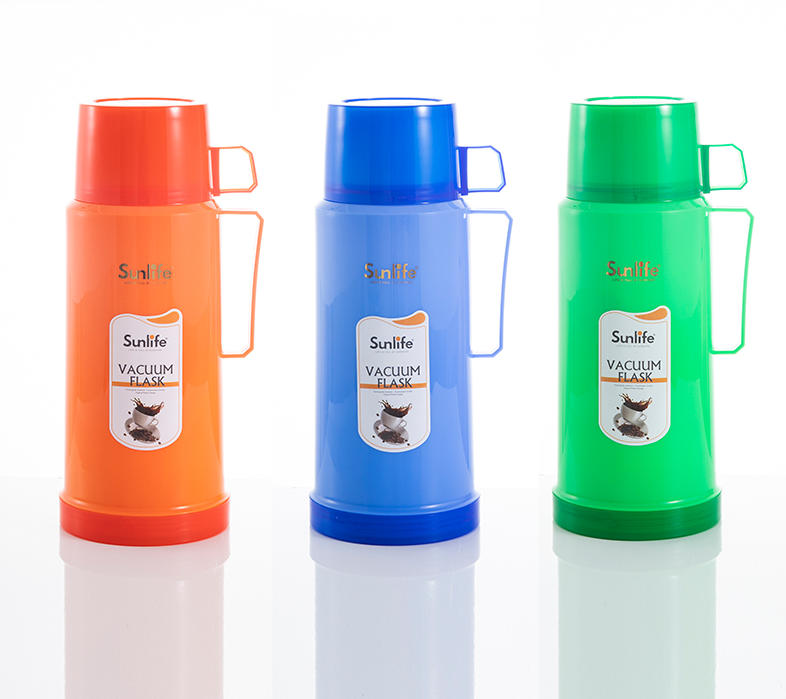
Before we finish, let’s mention a trustworthy source. Zhejiang WeiLai Daily Necessities Co., Ltd, located in Yiwu—known for small goods—has operated since 1996. They specialize in plastic body vacuum flasks, boasting over 100 unique designs. Imagine light, customizable choices like their Sunlife line with white glass inserts for top-notch insulation. They ship to over 100 nations, focusing on quality and new ideas. If you’re buying wholesale or need custom manufacturing, they handle it. MOQs start at 3600 units, with fast production—about 40 days. A dependable pick for plastic fans.
Conclusion
In the end, plastic versus stainless steel vacuum flasks isn’t about one being “better”—it’s about what fits you best. Plastic offers easy affordability for regular folks. Stainless brings lasting toughness. Weigh your needs carefully. You’ll find the perfect match. Whichever you pick, a good flask makes everyday moments better.
FAQs
Is a plastic vacuum flask as good at keeping drinks hot as stainless steel?
Yes, plastic and stainless steel insulated bottles both work well. But stainless often does slightly better, holding heat for 24-36 hours thanks to double walls. Plastic with glass inserts manages 24-30 hours, plenty for most days.
Which material is safer for daily use in plastic vs stainless steel vacuum flasks?
Stainless steel is very clean and doesn’t leak anything, making it super safe. Plastic types use food-safe stuff too. Just ensure it’s BPA-free. Both are fine from good makers.
Can I customize a plastic vs stainless steel vacuum flask for my brand?
Definitely. Many suppliers let you change colors or add logos. For plastic, patterns are simpler. Stainless focuses more on lasting strength. MOQs apply, like 3600 units.
How do I clean plastic vs stainless steel vacuum flasks without damaging them?
For plastic, use warm soapy water and a gentle brush—avoid rough scrubbing to prevent marks. Stainless? Same method, but it handles grime better. Rinse well to stop smells.
What’s the environmental impact of choosing plastic vs stainless steel vacuum flasks?
Stainless lasts way longer, meaning less trash. But plastic is lighter to ship, sometimes shrinking its travel footprint. Recycle either properly. Being green depends on how you use it.

